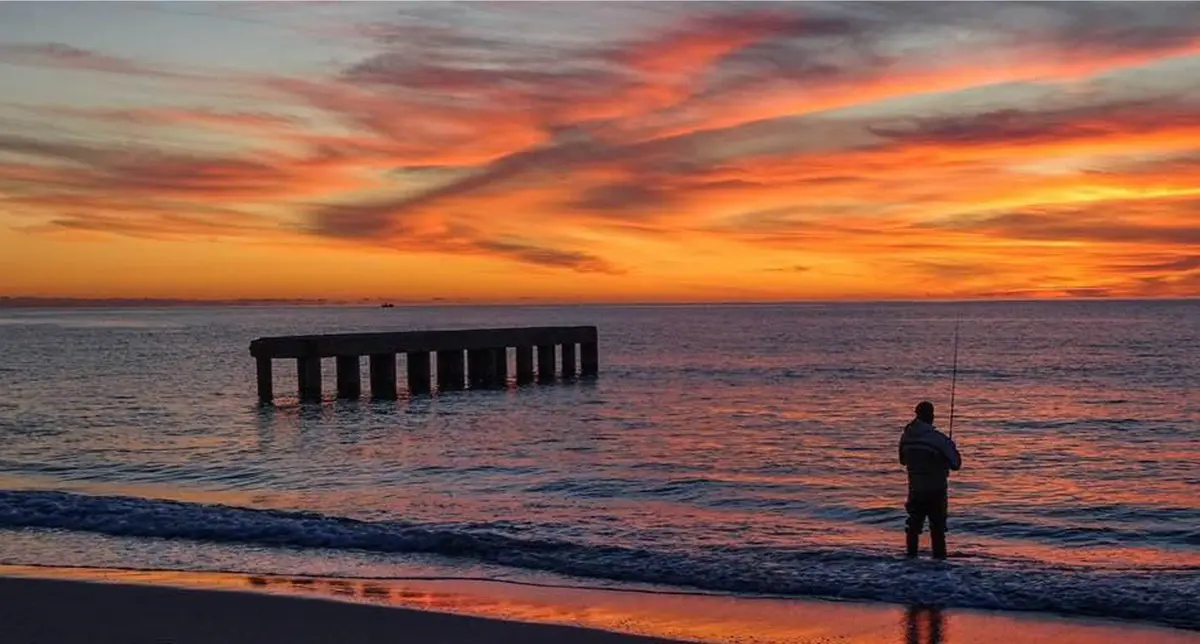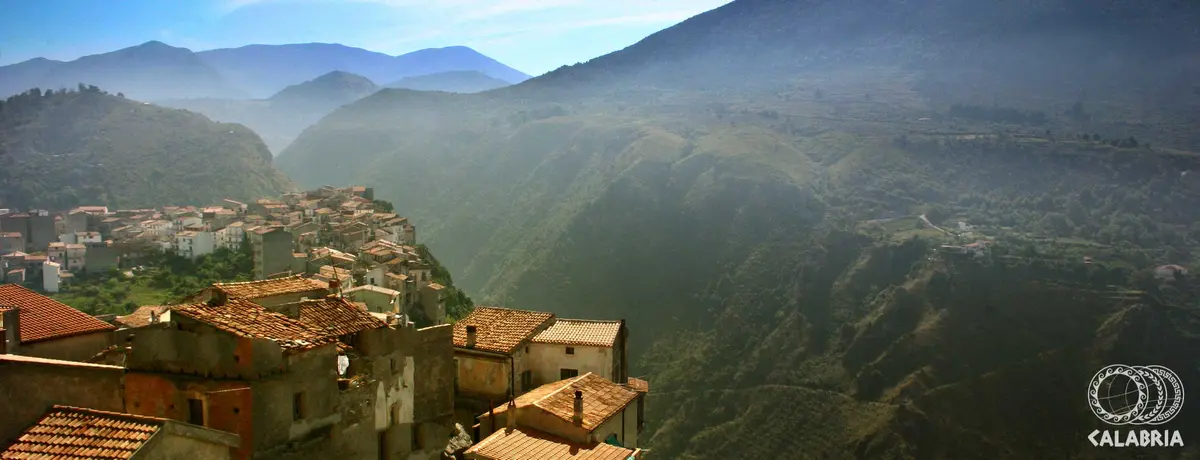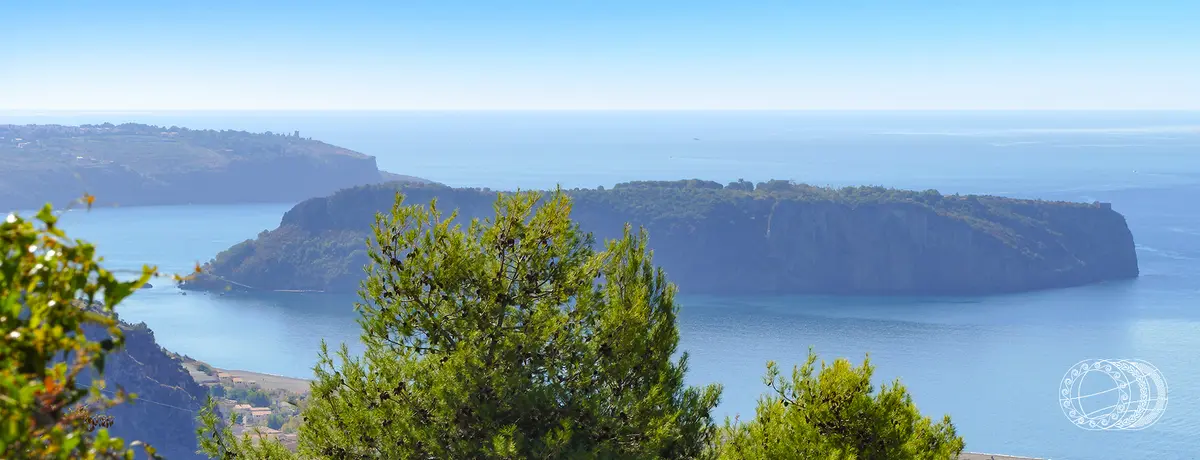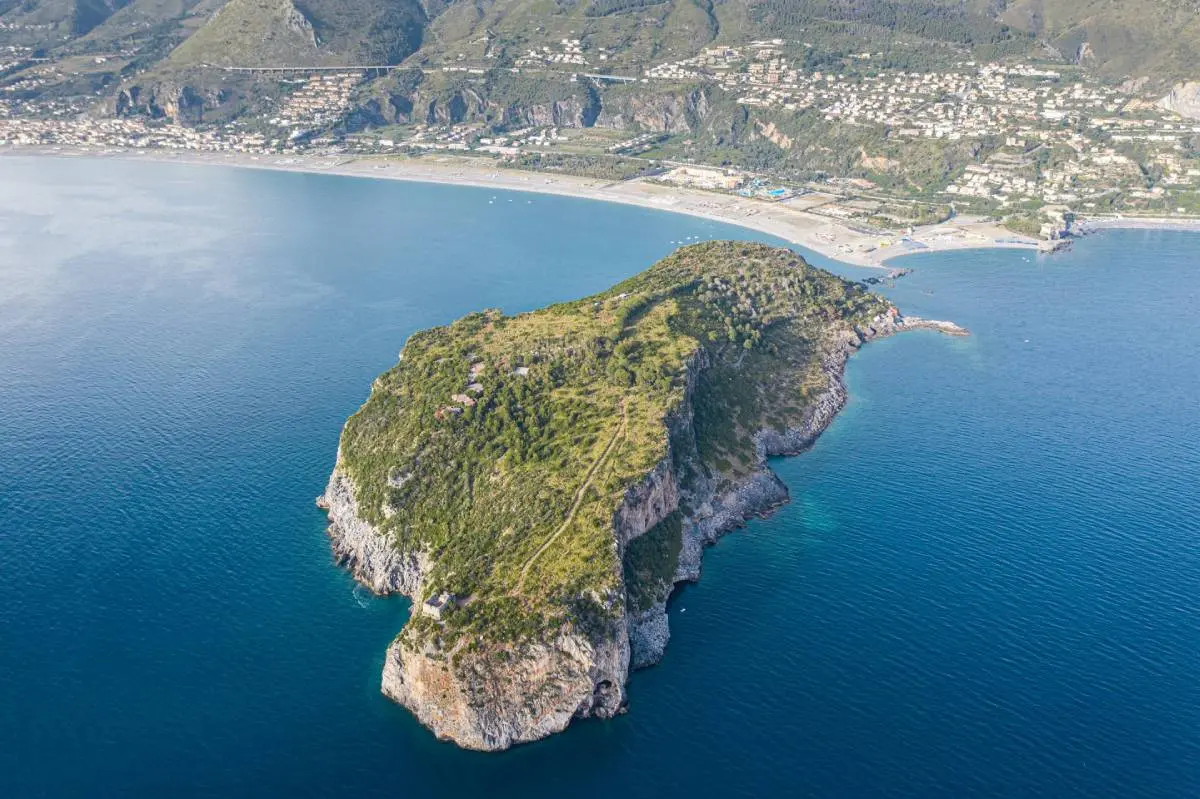Scalea
Scalea, an inlay of alleys towards the hill
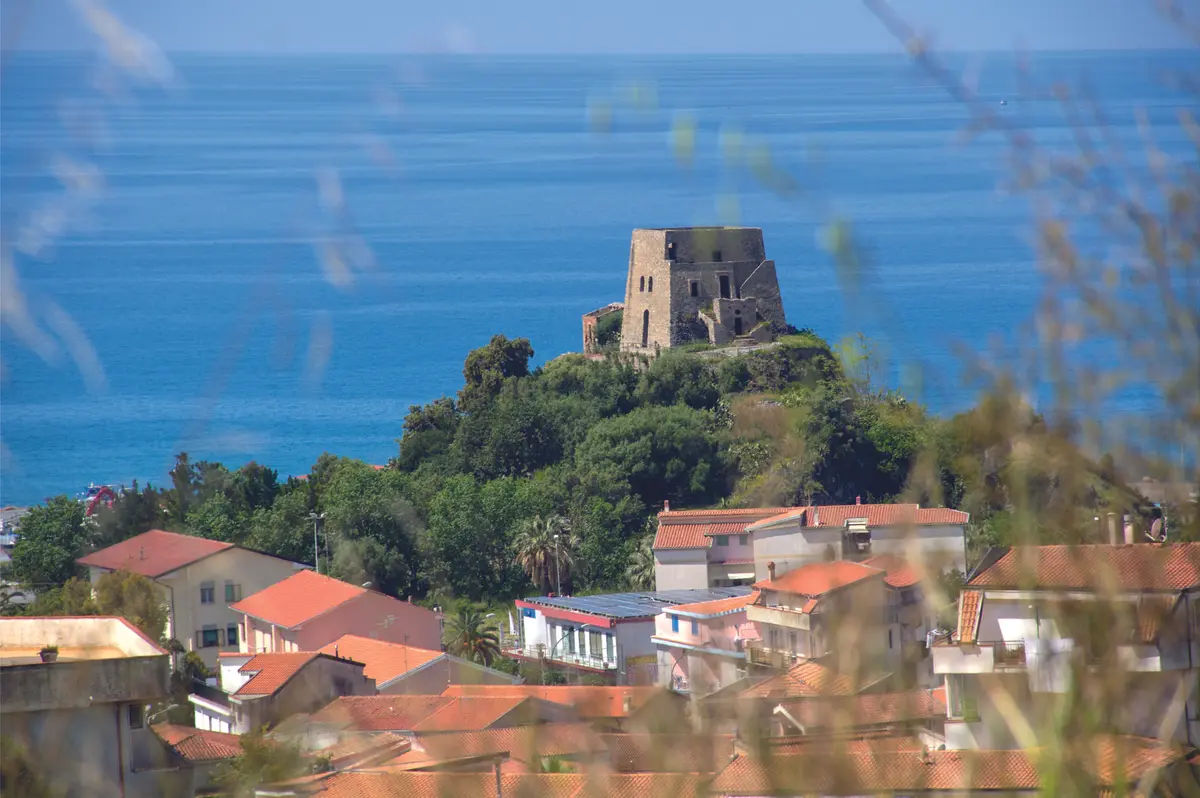
Sea
Torre Talao, Scalea - Regione Calabria
Come and discover Scalea (CS), the village that gives you the ancient charm of its alleys, but not only! Scalea, sea and beach on a dreamy Tyrrhenian coast, where you can enjoy unique sunsets while sipping an aperitif overlooking the sea.
In Scalea, beaches and coves alternate with the splendid Ajanella cliffs: a succession of majestic anthracite-coloured rock faces, among which stand out the Carusiello and Lastrachiello rocks, the Giumenta rock and the unmissable Trasi e jesci sea caves and the Pecora sea caves.
From the beaches, we climb up to the historic centre perched on a cliff and discover the very meaning of the name Scalea (Calabria):
the village looks like one big staircase leading up to the ruins of the Norman Castle (11th century), in a panoramic position, at the foot of which are the Church of Santa Maria dell'Episcopio ("Chiesa di Sopra", the Church of San Nicola in Plateis ("Chiesa di Sotto") and the noble palaces, such as Palazzo dei Principi (seat of the Municipal Library).
From the cliff of the castle we can see Talao Tower, built in the 16th century by Charles V to defend the coastline, one of the best-preserved coastal watchtowers in Calabria.
Another important fortification is Cimalonga Tower, inside which you can visit the Antiquarium displaying archaeological finds discovered in the area, from the Palaeolithic to the Roman period.
What to taste in Scalea? Obviously fresh fish, which in these parts offers its best in the typical linguine with salt cod and spaghetti with tuna sauce.
No result
